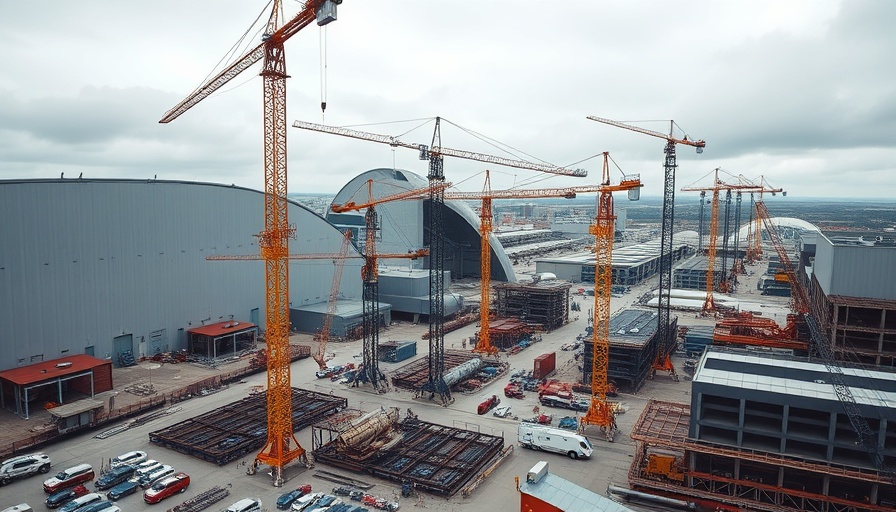
The Political Dynamics of AI Infrastructure Development
The surge in AI-driven data centers is reshaping the energy landscape across the United States, posing significant challenges for homeowners and local communities. With states previously eager to attract tech investments, the influx of data centers has led to intense scrutiny over resource use and environmental impact. This situation reflects a shifting paradigm where the initial charm of technology-driven growth confronts the hard reality of community interests and regulatory pressures.
Resource Strain: Electricity and Water Concerns
As data centers proliferate, their staggering demand for electricity—comparable to that of a mid-sized U.S. city—has raised alarms about grid reliability for residents. States like Virginia and Utah are grappling with the need to enhance energy infrastructure to support these facilities, while also addressing public concerns about equitable energy access. Homeowners are beginning to feel the pinch as energy prices rise, reflecting the increased strain on local resources.
Community Pushback: Environmental and Regulatory Push
The environmental impact of these AI infrastructures has triggered backlash from community advocates and environmental groups. For instance, Entergy's deal to power a new Meta AI data center in Louisiana draws attention to the disconnect between economic ambitions and ecological responsibilities. While state officials may laud the jobs and investment generated, local anxieties about natural resource depletion and sustainability grow louder.
Future Implications for Homeowners
With the evolution of AI infrastructure, it’s critical for homeowners and families considering renovations and improvements to stay informed about how these developments could impact energy costs and resource availability. As you think about home remodeling or kitchen renovations, understanding the political backdrop of energy demands can help you anticipate potential challenges.
Taking Action: What Homeowners Can Do
As AI-driven infrastructures reshape local communities, it’s essential for homeowners to engage with local governments and advocate for policies that ensure sustainable resource use. By staying involved and informed, you can support efforts to balance technological growth with ecological responsibility, ultimately safeguarding your home and its value.
In summary, the journey of AI infrastructure reveals the need for balanced discourse between development and community well-being. By exploring ways to harmonize these dynamics, we can create an environment that benefits both the tech sector and the everyday homeowner.
 Add Row
Add Row  Add
Add 




Write A Comment